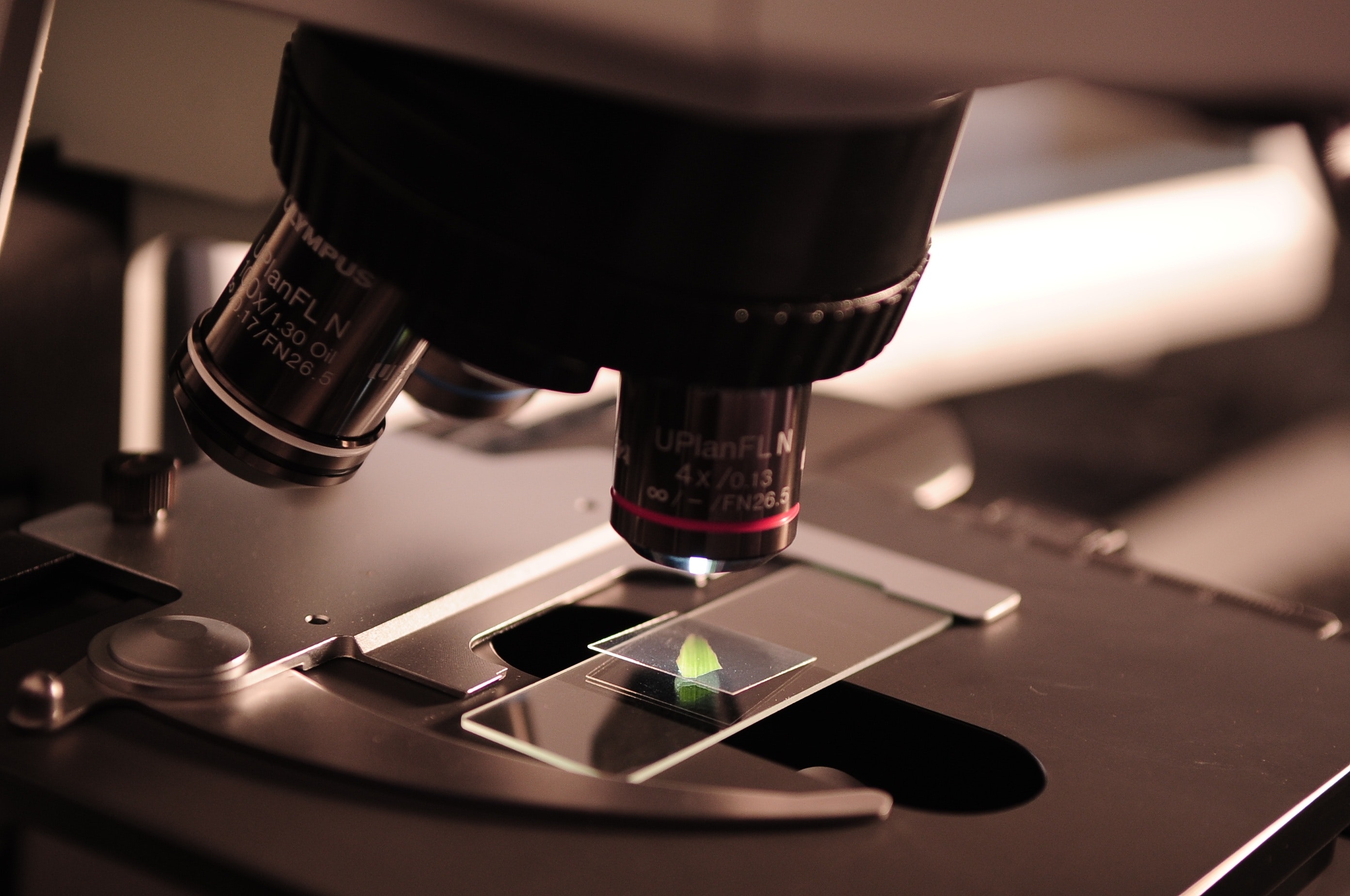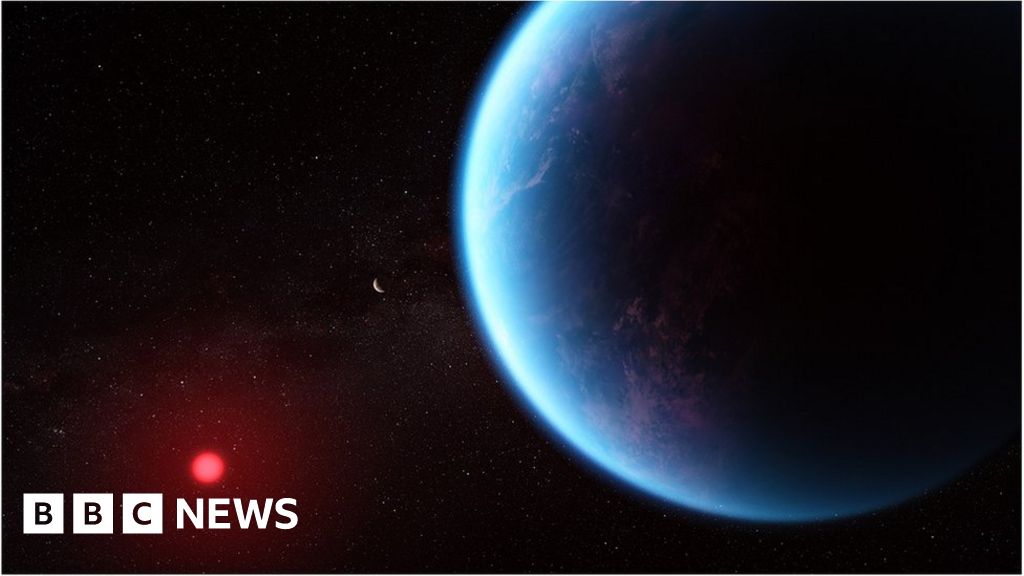Nasa’s James Webb Telescope may have discovered a molecule thought only to be produced by life.
Telescope cant see aliens, telescope can see molecules lol…
An explanation of how this works from the article:
JWST is able to analyse the light that passes through the faraway planet’s atmosphere. That light contains the chemical signature of molecules in its atmosphere. The details can be deciphered by splitting the light into its constituent frequencies - rather like a prism creating a rainbow spectrum. If parts of the resulting spectrum are missing, it has been absorbed by chemicals in the planet’s atmosphere, enabling researchers to discover its composition.
Note that they say the identification is ‘tentative’ and not robust yet.
My comments was really made in jest…love the follow-up from everyone though! I also lov ehow science will always defer to “possible” instead of “definitively” no matter how much evidence there may be.
That’s because that’s how science works. Discoveries are not considered to be statistically significant until they reach what’s called 5 sigma certainty which is approximately equivalent to saying that the chance that the discovery is wrong is 1 in 3.5 million.
A lot of scientists would consider it unethical to claim a discover until you had provided enough data to reach 5 sigma certainty. When papers are published, it takes a lot of peer review before the hypothesis of that paper event approaches 5 sigma certainty, but that doesn’t mean that reporters aren’t happy to pick up the story.
It’s just bad and/or unethical science journalism that are picking up on unproven papers because of the sensational title.
Technically correct, the best kind of correct.
Literally yes.





